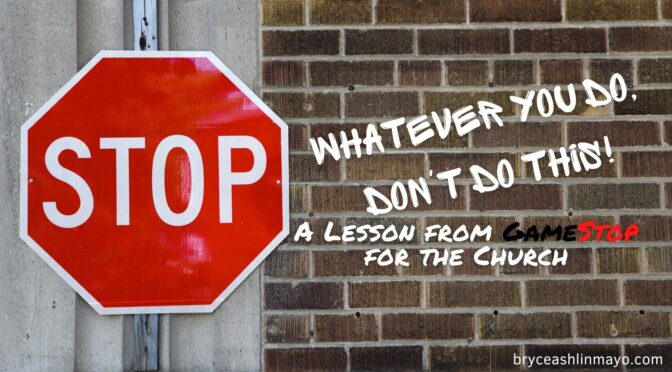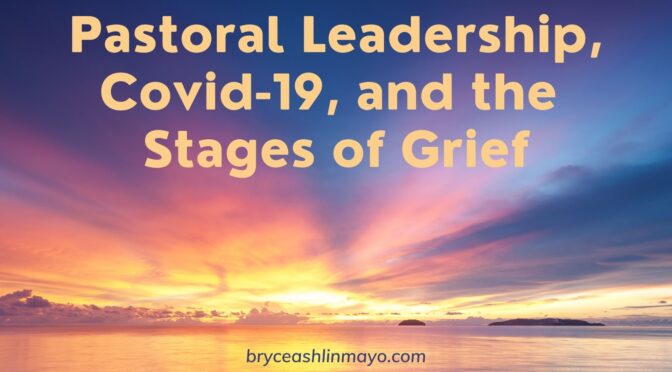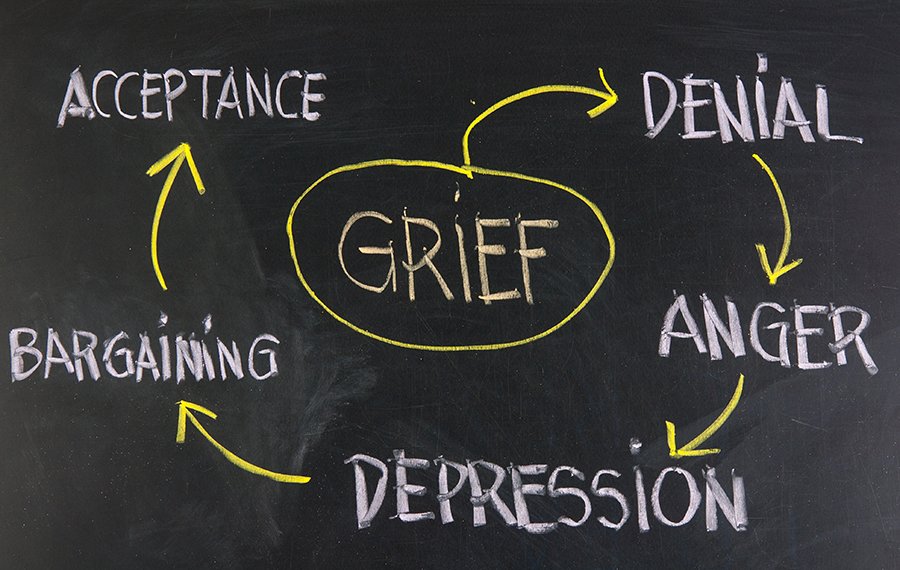A Season of Stampeding Problems
This is a season of stampeding problems that can seem like they are charging us on every side. In a season of intense pressure, it is important to consider how to effectively process problems, so they don’t trample you.
Like many people, I have been binge-watching several TV series. One of my recent favourites is Yellowstone. Yellowstone stars Kevin Costner and is a cross between Bonanza and Sons of Anarchy. In addition to its anti-hero protagonist and cliff-hanger episode endings, it has you secretly wanting to build a cabin and train horses (this is, literally, the life of my dad).
One of the narrative devices, metaphors, and subplots of the show is the process of taking a wild horse and breaking it, so that it is able to be ridden and, in the hands of an expert equestrian, do astonishing things.
This image is well suited for seasons of immense and relentless pressures.
What does it look like to tame our problems and saddle our challenges with a tenacious hope in God and the empowering of the Holy Spirit?
Confining the Problem
Like wild horses, the first step in taming problems is to corral them. In a season of stampeding problems, this can seem harrowing but it vital. If you are feeling overwhelmed with people issues, conflict situations, regathering protocols and family matters, it is important to separate them. Problems, like wild horses, stampede together. Take time to list (corral) them by naming them. Problems, like a herd of wild horses, are less overwhelming and dangerous when they are separated and corralled.
One of the benefits of corralling your problems is that it is easier to separate them with fences in your mind. If you find yourself being stalked by your problems while you are trying to sleep or being present with your family, corral them on paper. Once you have listed and separated your problems, create appointments with them. This way you know when you will pick them up again.
Challenges are Tamed Problems
Now that you have corralled your problems, it is time to tame them into opportunities. Like breaking a wild horse, it can be risky, but it can also be rewarding. Persistence and perseverance are fundamental in this process. You have to face your problems to break them. It is vital to face each problem individually and find a way to reframe it into a challenge. One of the main differences between problems and challenges is how you see them ending. For each of your problems, face them head-on. List what you are afraid of, what all the possible outcomes are and what the risks are. Then, intentionally, reframe each of them into a challenge by prayerfully seeing what God could do in each. A challenge is just a problem tamed with hope. Tame your problems into challenges by pulling yourself into the future with a persistent hope in Jesus.
Opportunities are Saddled Challenges
Now that you have tamed your problems into challenges, it is time to saddle them into opportunities. Consider how each challenge can be an opportunity for God to work in your life, someone else’s life, your ministry/church, etc. and begin to act your way into them with this perspective. Our hope is not in the removal of the problem but in God’s work through them. Consequently, don’t see problems as obstacles to be avoided but as opportunities to explore. Saddle your challenges into opportunities by praying your way through them with a persistent hope in what God can do.
The Journey Ahead
On occasion, I have had the privilege to go horseback riding in the mountains. It is an amazing experience. Not only is the settling amazing but the fact that you are journeying on the back of a once untamed horse is a marvel. Riding a horse on a trail near a cliff edge is a poignant image of someone who has learned to corral their problems and saddle their challenges. They know that there will always be problems and, as a result, there will always be opportunities. Thus, the wisdom here is not to make all the problems go away (avoid them or ignoring them) but learn how to tame and saddle them as they take you into the wide frontier ahead!
In an unprecedented season of problems, may we learn with God’s help to corral, tame, saddle, and ride them into the future with a tenacious hope in Jesus. The frontier is calling, and Jesus is leading us on.






